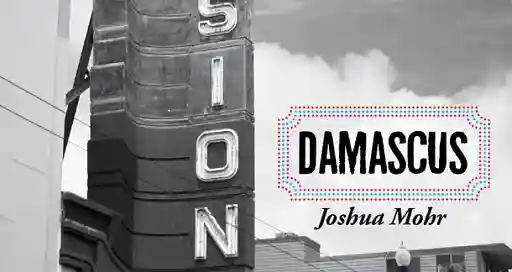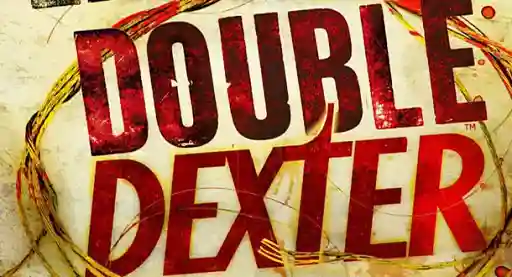Photo via author's website
Reading Writing in the Dark by Tim Waggoner is like sitting through your favorite lecture in college, listening to your favorite professor talk about your favorite subject. When I finished the book, I felt like I did at the end of one of those lectures—I wanted to hang back and keep talking with fellow students and the professor about what we had learned.
Writing in the Dark is a guide to understanding the horror genre and provides advice and tools to begin writing horror. The book starts off with Waggoner providing the reader personal background information, and not just about his writing life and successful writing career, but about his family and why it is he writes horror. It’s a moment that allows those of us who do write horror, or who want to learn how to write horror, to sit back and reflect on why we write about horror, or why we want to learn about writing horror. The horror genre is wide ranging, and Waggoner discusses his experiences experimenting with various subgenres. He also provides the reader with important information to consider when developing themselves as a writing professional.
Some of my favorite parts of the book are early on, in chapters like "Why Horror Matters," "Things Unknown," and "Everything You Know is Wrong," where Waggoner reminds us current writers, or teaches new writers, that horror is about the individual characters and their experience. That overexplaining can sometimes take away from the experience because it limits how the audience can collaborate in the creation of that story in their imaginations, and how horror comes from a violation of what the characters in the story perceive to be reality. It’s moments like these that Waggoner, in essence, reminds the reader that horror is not just blood and guts and getting sucked up by a monster, but a complicated genre contingent upon human emotion and fear.
Later on in the book, Waggoner gives us a breakdown of the various types of monsters—from a monster as a threat, to a monster as a metaphor, or the monster as protagonist and more. Other highlights include the deconstruction of horror tropes, which I feel anyone who writes horror or wants to write horror needs to fully understand. Horror tropes are dusty and boring for obvious reasons, but Waggoner provides recommendations on how to revive them. There is also a fascinating section where Waggoner takes the traditional plot of the hero’s journey and lays over the horror element in a breakdown he calls "The Poor Bastard" category, from The Poor Bastard Escapes Hell, to The Poor Bastard Conquers Hell, and beyond.
I think everyone should spend time reading chapter four, "Hello Darkness, My Old Friend," and really think about the various advantages and disadvantages of labels in horror. For example, what is supernatural horror, psychological horror, realist horror, quiet horror, extreme horror, literary horror, cosmic horror, erotic horror, surreal horror and body horror? What are the elements that go into each of these subgenres? And, most importantly, which ones do we want to explore?
Later on, Waggoner also provides discussions on plot, how to construct a plot, various techniques for building out a chapter, and developing pace. This part of the writing guide is probably of more value to newer writers, but it’s also a good reminder for established and emerging writers, to see the various strategies in developing a clear narrative.
Within the book, Waggoner also provides a mini book of sorts, of interviews by horror writing professionals. These voices from the shadows include people from Ellen Datlow to Stephen Graham Jones, who answer the following questions throughout the book:
- What makes good horror/dark fantasy/suspense?
- What’s the best advice you can give a beginning writer of horror/dark fantasy/suspense?
The appendix section is also valuable, including story ideas that you can use for writing prompts, character questionnaires, and additional resources for future reading.
Down to the bone, Waggoneer tells us that horror is not about the monster, but about people, that horror stories are reaction stories, and horror is an emotion. Throughout, we are reminded that to be a better writer you have to be a good reader and practice your writing.
I currently have the book in eBook format, but will be purchasing the paperback as well, because this is certainly a book I look forward to highlighting and coming back to for thoughts and reflections on my own writing. I recommend Writing in the Dark for new horror writers interested in learning about the craft, and current horror writers as a great refresher.
Get Writing in the Dark at Bookshop or Amazon

About the author
Cynthia Pelayo is a Bram Stoker Award winning and International Latino Book Award winning author and poet. Pelayo writes fairy tales that blend genre and explore concepts of grief, mourning, and cycles of violence. She is the author of Loteria, Santa Muerte, The Missing, Poems of My Night, short stories, poems, and more.







